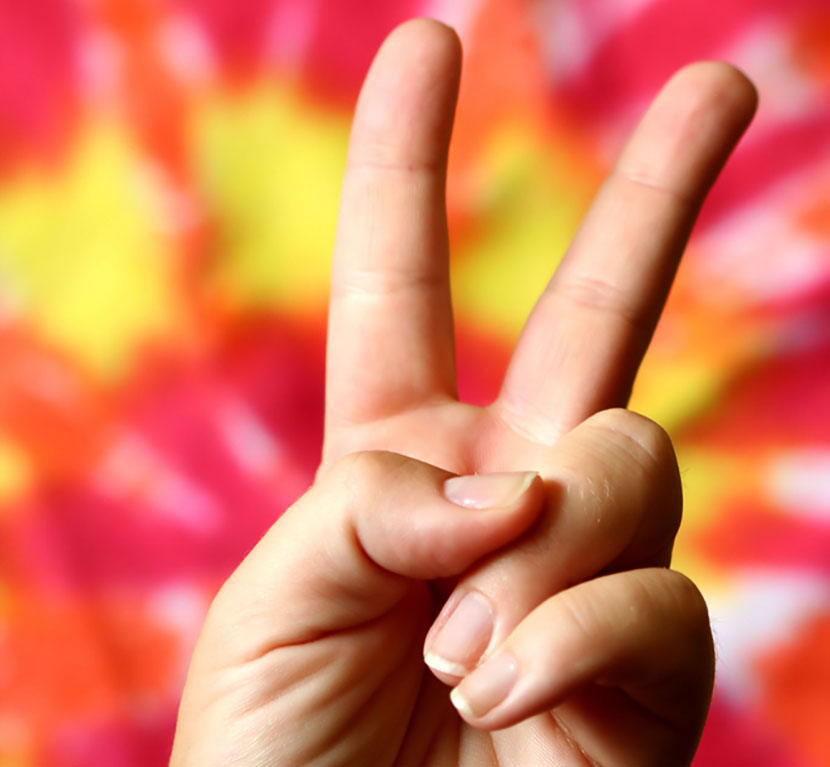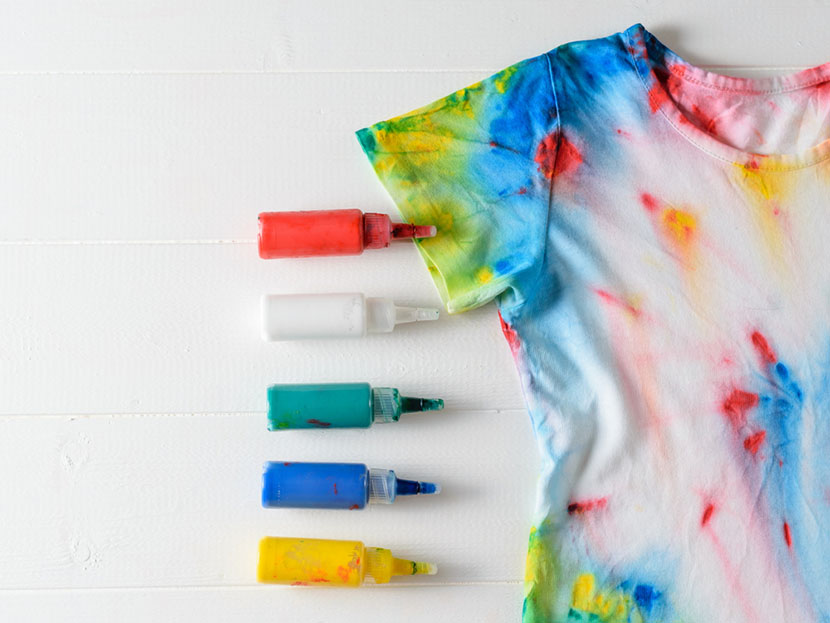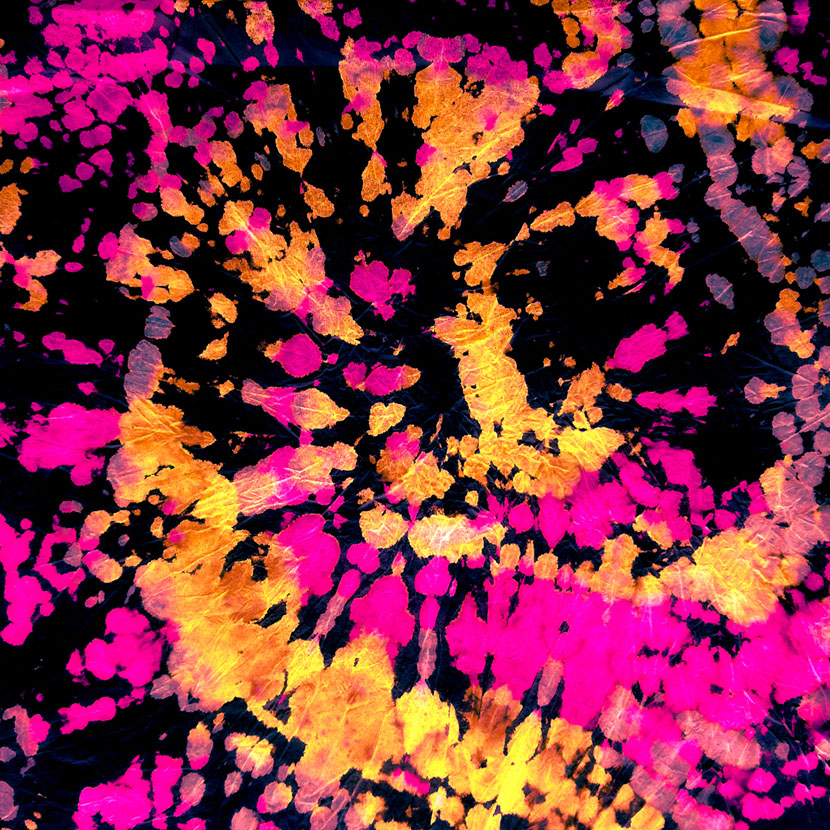Can You Tie Dye a Shirt Twice?
Are you tired of traditional tie dye and looking for a way of spicing things up? Or do you have tie dyed shirts that did not turn out quite right? Whatever the case may be, you have likely wondered how to take your creations to the next level. And learning how to redye a shirt is a great way to do just that. By tie dyeing the same shirt twice, you can cover up mistakes and create incredible one-of-a-kind designs you have to see to believe. Learning how to redye shirts up a whole world of new possibilities gives you many new ways to customize bulk wholesale t-shirts. Once you have mastered the technique, you can dye multiple designs on the same shirt to create spectacular designs that are sure to learn heads. Keep reading to learn more about how you can tie dye a shirt twice!
Order Bulk Wholesale T-Shirts from The Adair Group!
Can You Tie Dye a Shirt Twice?

Source: Margie Hurwich/Shutterstock.com
You can definitely tie dye a shirt twice, and the process is easier than you might think. For this post, we will assume that you are already familiar with the basic process of making tie dyed shirts. You do not need to be a pro, but if you already understand the basics of preparing your shirt, folding it, tying it, and dyeing it, tie dyeing a shirt twice just requires you to repeat the process you already know.
How to Tie Dye a Shirt Multiple Times
When dyeing the same shirt twice (or more), planning out your design is the first step. For example, you might want to dye two spirals on top of each other in opposite directions. In this case, you would need to dye the first spiral, rinse and wash the shirt, then dye the second spiral with the shirt twisted in the opposite direction. Decide what you are trying to accomplish, then come up with a plan for doing it. And be sure to make notes to remind yourself of things like what direction you twisted the shirt for the first spiral.

Source: VLADIMIR VK/Shutterstock.com
When dyeing a shirt multiple times, you don’t need to dry it between each session. You do, however, need to make sure the shirt is fully clean. Take great care when rinsing and washing the shirt after tie dyeing it the first time to make sure there is no leftover dye on it. Any remaining residue could stain your project.
Be careful when folding and tying your shirt the second time, too. It is easy to get distracted when working with a shirt that has already been dyed rather than a blank one. Pay attention to what you are doing, and focus on the design you are working on, not the one you’ve already finished.
Dyeing the Same Area Multiple Times
Depending on what type of design you are creating, you may need to dye the same area multiple times. When doing this, it is essential to keep basic color theory in mind. When adding dye over an already dyed area, the colors will combine and form a new color. For example, if you add blue dye over an area you already dyed blue, it will turn purple. This is important to note as mixing specific colors will yield an unpleasant brown hue. Avoid combining red and green, blue and orange, and yellow and purple.
Dyeing Over Black

Source: Crazy Lady/Shutterstock.com
You cannot dye directly over black. Whether your shirt is black or you used black dye as part of your first tie dyeing project, you will need to remove some of the black color using a bleaching agent. You can use a specialized color remover or regular household bleach. Whichever option you choose, note that these products aren’t capable of completely removing black dye. Instead, they fade black to an orangish hue that you can dye over. If you are using household bleach, avoid leaving it on for too long, as it can eat holes in the fabric.
Conclusion
We Have Tie Dye Shirts You’ll Love!
Tie dyeing a shirt twice is a fun way to create a unique look. And if you already know the basics of traditional tie dye, you will have no trouble mastering this technique and taking your designs to the next level. You can also use this technique to customize wholesale hats, sweatshirts, and other types of apparel and accessories. With a bit of practice, you will be well on your way to making custom clothing that turns heads for all the right reasons.


